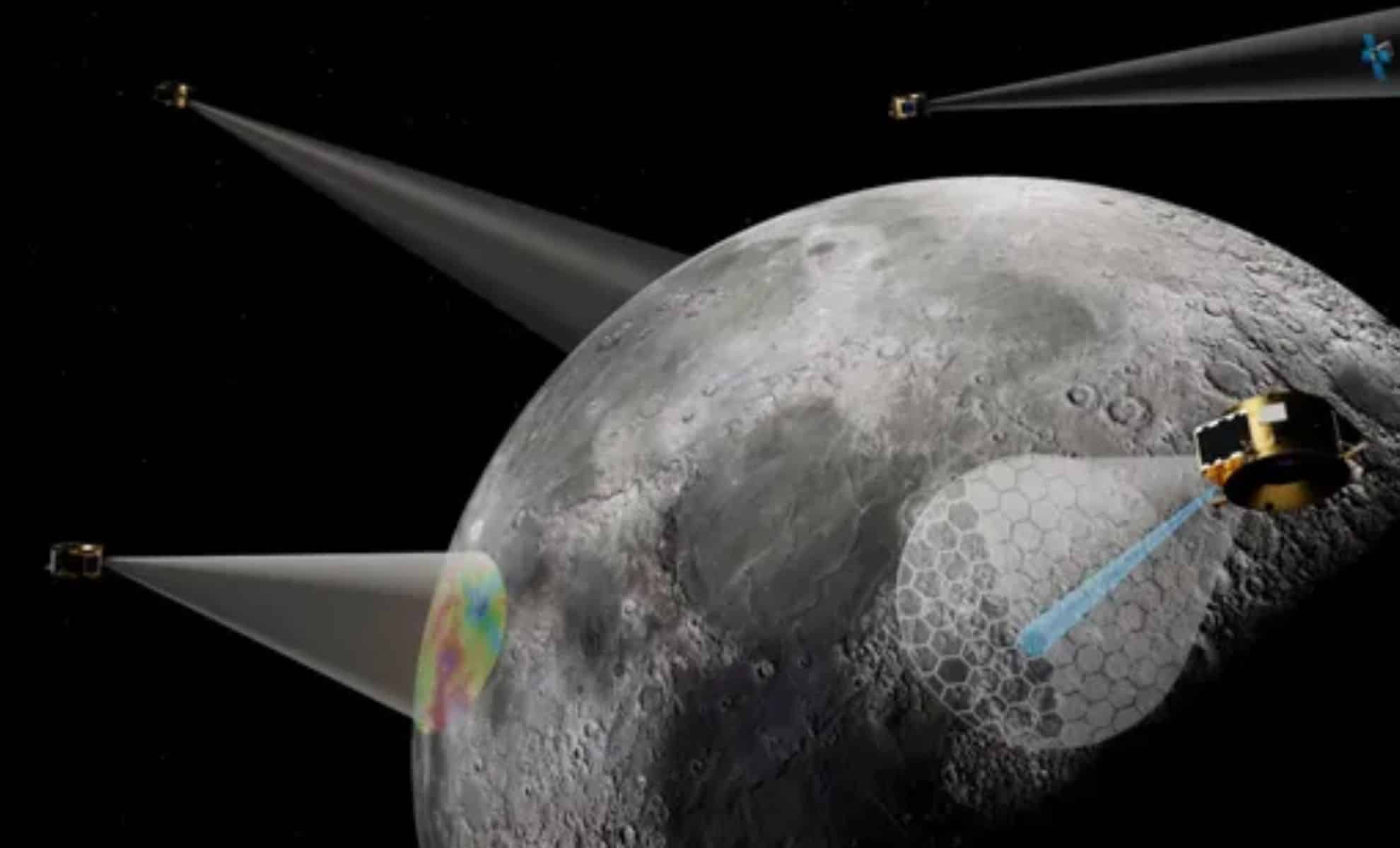
The Moon’s Next Big Secret Revealed: Firefly’s Ocula Will Expose Unseen Lunar Details!
How did your country report this? Share your view in the comments.
Diverging Reports Breakdown
The Moon’s Next Big Secret Revealed: Firefly’s Ocula Will Expose Unseen Lunar Details!
Firefly Aerospace, a Texas-based aerospace company, is on track to unveil its Ocula moon-imaging service, a cutting-edge initiative that could transform the future of lunar exploration and space surveillance. Set to launch as early as 2026, the service promises to provide high-resolution imaging of the moon’s surface from lunar orbit. Powered by a constellation of Elytra spacecraft in lunar orbit, OculA will offer high- resolution data capable of revealing minute features on the lunar surface. This data will be instrumental in selecting landing sites for future missions, both robotic and human. By 2026 this service could be pivotal in guiding future lunar missions and even influence the broader scope of planetary exploration, as highlighted in a recent article on Space.com. The service could play a crucial role in identifying helium-3 deposits on the moon surface, a resource that may one day be key to humanity’s energy future. As the global demand for clean energy intensifies, the moon could serve as a critical mining ground for resources essential to future energy technologies.
As the space community works towards sustainable space exploration, the need for reliable and precise lunar data is growing. Ocula not only promises to fill this gap but also supports national security with advanced intelligence, surveillance, and reconnaissance capabilities. According to Firefly CEO Jason Kim, the service “will provide critical data that informs future human and robotic missions and supports national security with intelligence, surveillance, and reconnaissance.” By 2026, this service could be pivotal in guiding future lunar missions and even influence the broader scope of planetary exploration, as highlighted in a recent article on Space.com.
How Ocula Will Change Lunar Exploration
The Ocula service is poised to play a pivotal role in the future of lunar exploration. Powered by a constellation of Elytra spacecraft in lunar orbit, Ocula will offer high-resolution data capable of revealing minute features on the lunar surface. This data will be instrumental in selecting landing sites for future missions, both robotic and human. As Firefly CEO Jason Kim explained, “Ocula will provide critical data that informs future human and robotic missions and supports national security with intelligence, surveillance, and reconnaissance.”
The lunar surface, rich with scientific and resource-based potential, holds significant interest for space agencies worldwide. The Elytra spacecraft, which will carry LLNL-developed high-resolution telescopes, can capture lunar features as small as 8 inches (20 cm) from an altitude of 31 miles (50 km). This level of detail could open up new avenues for scientific research, resource detection, and mission planning on the moon. The addition of ultraviolet and visible spectrum capabilities to these telescopes will also enhance their ability to detect fine-grained lunar surface details.
The Role of Helium-3 in Ocula’s Mission
One of the significant goals of the Ocula service is to identify mineral concentrations on the lunar surface, particularly ilmenite, a mineral that indicates the presence of helium-3. This isotope, which is thought to be abundant on the moon, has been identified as a potential fuel for future nuclear fusion reactors. Firefly’s Ocula system could play a crucial role in identifying helium-3 deposits on the lunar surface, a resource that may one day be key to humanity’s energy future. According to Firefly representatives, “With ultraviolet and visible spectrum capabilities, the telescopes are designed to support situational awareness of other objects in cislunar space, enable fine-grained lunar surface details and identify concentrations of ilmenite, which indicates the presence of helium-3.”
This focus on helium-3 illustrates the long-term vision of the Ocula service, which aligns with the growing interest in utilizing lunar resources for energy production. As the global demand for clean energy intensifies, the moon could serve as a critical mining ground for resources essential to future energy technologies.
How Ocula Will Support Future Lunar Missions
In addition to its imaging capabilities, Ocula will also assist in planning future human and robotic missions to the lunar surface. The detailed data gathered by Elytra will provide essential insights into the moon’s surface conditions, terrain features, and potential hazards. This data is vital for mission planners seeking to choose the safest and most scientifically valuable landing sites. The addition of Ocula to the growing body of lunar exploration tools could dramatically improve mission success rates and enhance safety for astronauts.
As Firefly Aerospace expands its fleet of Elytra spacecraft, the Ocula service will evolve and become more robust. The company has plans to increase the number of spacecraft in lunar orbit, which will allow for faster revisit times and improved coverage of the moon’s surface. As Firefly stated, “Firefly will expand its constellation of Elytra vehicles in lunar orbit to further enhance the Ocula service and enable faster revisit times for situational awareness, resource detection and mission planning.”
This evolution of the Ocula service is not limited to the moon. Over time, Firefly intends to extend the system’s capabilities to Mars and potentially other planetary bodies. This would allow for an integrated approach to planetary exploration, using the same advanced imaging systems that were first deployed around the moon.
Source: https://dailygalaxy.com/2025/06/fireflys-ocula-expose-unseen-lunar-details/
